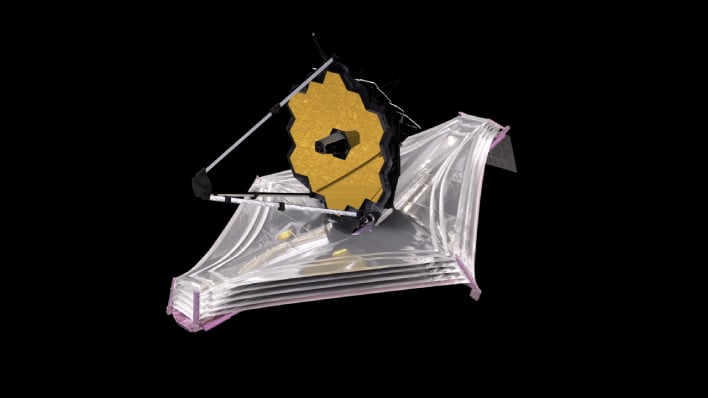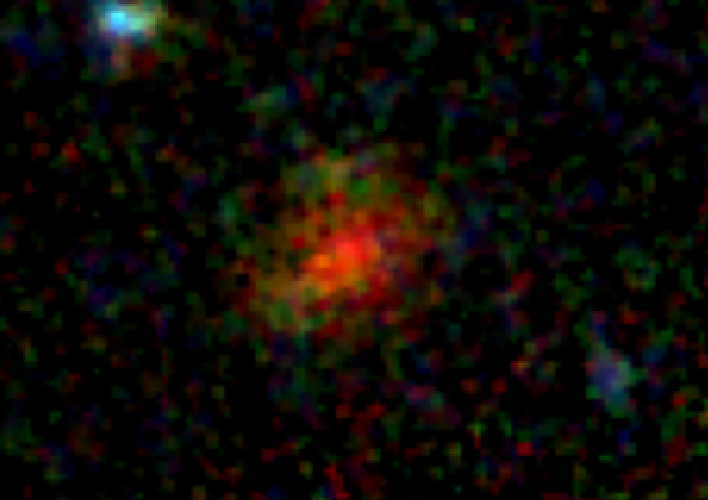Webb Space Telescope Captures An Evasive Glowing Monster That Keeps Disappearing

The image captured by Webb is not the typical image some may be used to seeing from the highly advanced space telescope. Instead, it comprises red and yellow pixels that seem to form a glowing blob. This pixelated blob is believed to be a galaxy that has been busy forming new stars hidden in a veil of dust that is incredibly difficult to see through from Earth. Galaxies such as this one were once believed to be incredibly rare. However, new data may suggest that they might be three to ten times as common as once believed.

McKinney noted Hubble could only view the early universe from an optical perspective. He added, “That means our understanding of the history of galaxy evolution is biased because we’re only seeing the unobscured, less dusty galaxies.”
The advantage Webb brings to the table over Hubble is the fact that it can essentially see through all the dust in deep space and reveal what lies behind it. JWST provides astronomers the tools to study for the first time the optical and infrared properties of objects hidden behind walls of dust. The team estimates galaxy AzTECC71 is being viewed at a redshift of about 6, which equates to about 900 million years after the Big Bang.

